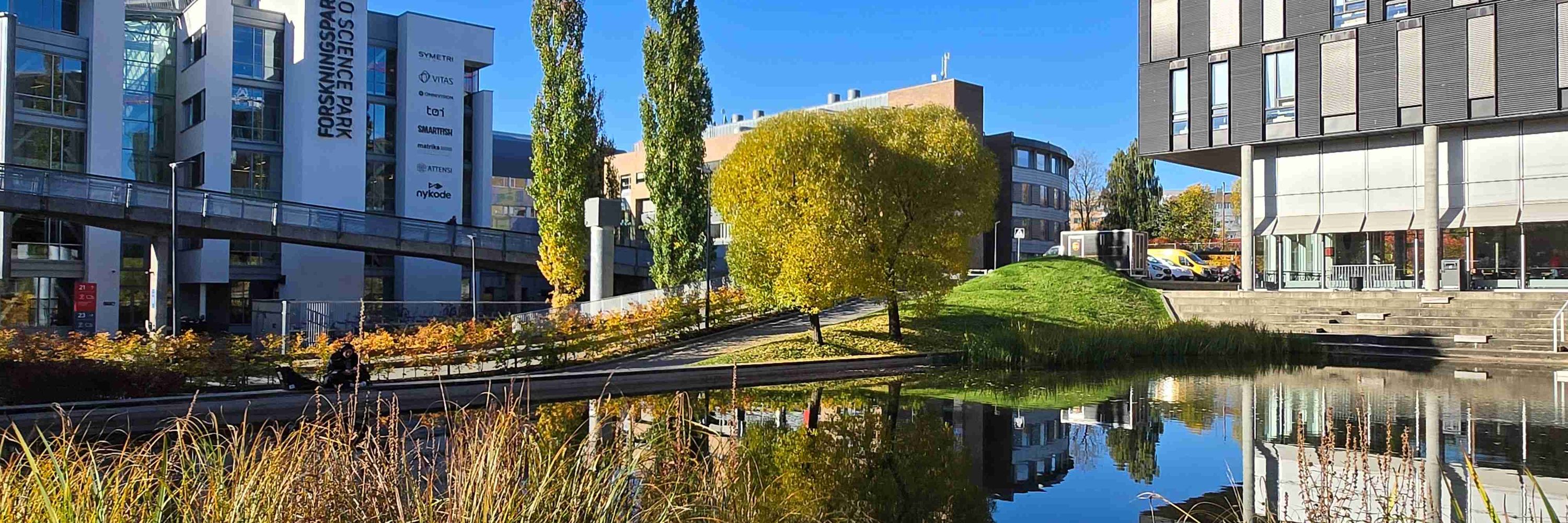
A space for thinking with the Earth - through art, stories and the humanities. Based at the University of Oslo.
hf.uio.no/oceh
Follow along, share, and stay in conversation with us 💚
Follow along, share, and stay in conversation with us 💚
🎙️ Read the conversation: shorturl.at/CjZn6

🎙️ Read the conversation: shorturl.at/CjZn6
📝 Welcome to the OCEH Blog: shorturl.at/2cSlA

📝 Welcome to the OCEH Blog: shorturl.at/2cSlA
New Approaches to Coastal Histories with Wanda Marcussen
Exploring multispecies coastal worlds + new methods for writing them.
📍 P.A. Munchs hus, Room 425
🕑 14:15–15:30
New Approaches to Coastal Histories with Wanda Marcussen
Exploring multispecies coastal worlds + new methods for writing them.
📍 P.A. Munchs hus, Room 425
🕑 14:15–15:30
Curating ‘the Wild’
At the National Museum with Isabelle Gapp & Dehlia Hannah. How can art history + ecology help re-imagine museum practice?
📍 National Museum (staff entrance)
🕘 09:00–13:00
Registration required.
Curating ‘the Wild’
At the National Museum with Isabelle Gapp & Dehlia Hannah. How can art history + ecology help re-imagine museum practice?
📍 National Museum (staff entrance)
🕘 09:00–13:00
Registration required.
Digitally Mediated Planetary Encounters and the Making of a Metabolic Subject with George Cusworth.
How do our daily food choices scale up to planetary change?
📍 OCEH Lab
🕛 12:15–13:00
Bring your lunch, we’ve got coffee ☕
Digitally Mediated Planetary Encounters and the Making of a Metabolic Subject with George Cusworth.
How do our daily food choices scale up to planetary change?
📍 OCEH Lab
🕛 12:15–13:00
Bring your lunch, we’ve got coffee ☕
💌 shorturl.at/tooRE
Always happy to be thinking with new people!
💌 shorturl.at/tooRE
Always happy to be thinking with new people!
Because sometimes the environmental humanities is also just: wonder → curiosity → connection 🌱🕸️
Because sometimes the environmental humanities is also just: wonder → curiosity → connection 🌱🕸️
bringing whales, forests, archives, images, and stories with them.
The center feels different, in a good way.
bringing whales, forests, archives, images, and stories with them.
The center feels different, in a good way.
Karin Wagner – The plastic in which we live
On packaging design, sustainability and the social meanings of the materials that surround us.
www.hf.uio.no/ikos/english...
🕐 12:15–14:00
📍 OCEH Lab, 4th floor, P.A. Munchs hus, UiO
#OCEH #Envhum #UiO #Anthropocene

Karin Wagner – The plastic in which we live
On packaging design, sustainability and the social meanings of the materials that surround us.
www.hf.uio.no/ikos/english...
🕐 12:15–14:00
📍 OCEH Lab, 4th floor, P.A. Munchs hus, UiO
#OCEH #Envhum #UiO #Anthropocene
📩 The group welcomes interest from scholars and collaborators - especially across disciplines.
Learn more:
www.hf.uio.no/iakh/english...

📩 The group welcomes interest from scholars and collaborators - especially across disciplines.
Learn more:
www.hf.uio.no/iakh/english...
📌 Who gets to shape a landscape?
📌 How are landscapes felt, cared for, or fought over?
📌 What kinds of multispecies knowledge do we overlook?
It’s an interdisciplinary effort to see landscapes not as static backdrops - but as shared, lived histories.
📌 Who gets to shape a landscape?
📌 How are landscapes felt, cared for, or fought over?
📌 What kinds of multispecies knowledge do we overlook?
It’s an interdisciplinary effort to see landscapes not as static backdrops - but as shared, lived histories.
This lab brings together scholars from:
🧪 Environmental & medical history
📜 Philosophy & literature
🧭 Anthropology & archaeology
🕊️ Religious & cultural studies
All to rethink what a “landscape” really is - and who it includes.
This lab brings together scholars from:
🧪 Environmental & medical history
📜 Philosophy & literature
🧭 Anthropology & archaeology
🕊️ Religious & cultural studies
All to rethink what a “landscape” really is - and who it includes.
This group studies the messy, entangled histories of living together - from microbial healing muds to grazing patterns, from spiritual practices to conservation struggles.
This group studies the messy, entangled histories of living together - from microbial healing muds to grazing patterns, from spiritual practices to conservation struggles.
It may be more alive — and more connected — than you think.
📖 Learn more:
🔗 www.nature.com/articles/nco...
#ForestEcology #WoodWideWeb #EnvHum

It may be more alive — and more connected — than you think.
📖 Learn more:
🔗 www.nature.com/articles/nco...
#ForestEcology #WoodWideWeb #EnvHum
Some mycorrhizal fungi also transmit electrical impulses — kind of like a forest nervous system.
We’re only beginning to understand how rich these connections really are.
Some mycorrhizal fungi also transmit electrical impulses — kind of like a forest nervous system.
We’re only beginning to understand how rich these connections really are.
Older trees (“mother trees”) have been shown to send carbon and nitrogen to younger saplings shaded beneath them.
A form of care? Or ecosystem resilience? Either way, it’s fascinating.
Older trees (“mother trees”) have been shown to send carbon and nitrogen to younger saplings shaded beneath them.
A form of care? Or ecosystem resilience? Either way, it’s fascinating.
Nearby trees respond by increasing their chemical defenses 🪲🌲
Yes — forests have their own early warning systems.
Nearby trees respond by increasing their chemical defenses 🪲🌲
Yes — forests have their own early warning systems.
🌱 Roots
🍄 Fungal threads (mycorrhiza)
Together, they form a massive underground system sometimes called the "wood-wide web."
It connects plants and even allows them to share resources.
🌱 Roots
🍄 Fungal threads (mycorrhiza)
Together, they form a massive underground system sometimes called the "wood-wide web."
It connects plants and even allows them to share resources.


